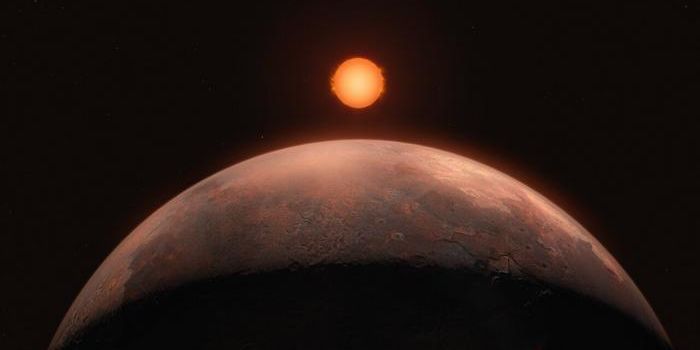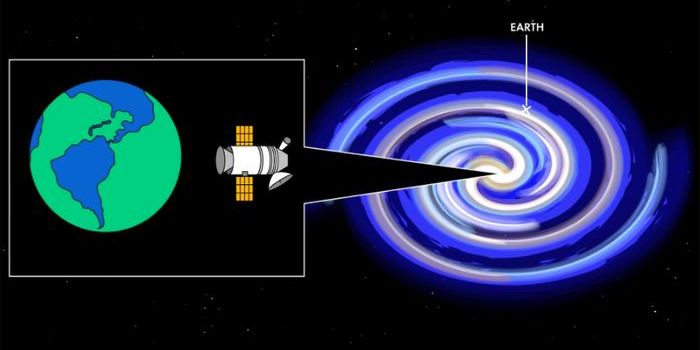Is Planet 9 Lurking in the Outer Solar System?
If you were born before 2006, the Solar System had nine planets. Today’s children now learn that there are eight. Does that mean we lost a planet? In a way, yes – in 2006 astronomers reclassified Pluto as a dwarf planet. Around this time, many new celestial bodies orbiting the Sun were discovered. These “dwarf planets” are not massive enough to dominate their orbits – they do not clear away excess material in their orbital path, unlike planets. Astronomers have not given up on the idea that there may be another planet that has yet to be discovered lurking in the outer reaches of our Solar System.
Data from a new study published in the Astrophysical Journal suggests that there might be a ninth planet in our Solar System, located well beyond the orbit of Neptune. The motion of small bodies beyond the orbit of Neptune behave as if they were being influenced by a massive object, altering their orbital parameters. The trajectories of these small bodies suggest that the Speculative Planet 9 would be at least 5-10 times the mass of Earth and would orbit about 400-800 au from the Sun (1 au is the Earth-Sun distance, or approximately 93 million miles). If a planet existed at such a distance, it would be extremely difficult to observe.
Historically, most of our planets were discovered by observing the sunlight reflected off the planets at optical wavelengths. The sunlight we would need to observe to detect such planets would need to travel from the Sun, to the object in question, reflect off that object, and travel all the way to the observer. The inverse square law for electromagnetic radiation states that the intensity of light is inversely proportional to the distance of the source of radiation squared. Thus, as an object gets increasingly far away from an observer, it gets much harder to detect. If Planet 9 existed in the far outer reaches of our Solar System, it would be very difficult to spot in even the most sensitive of all sky surveys (e.g., PanSTARRS, LSST).
A way around this issue would be to search for Planet 9 using infrared radiation. A cold object in the outer limits of our Solar System would glow at infrared wavelengths, and hence might emit more infrared radiation than the optical radiation that they would reflect. Thus far, data from infrared all sky surveys (e.g., the Wide-field Infrared Explorer) have yet to produce any candidates.
Benjamin Schmitt, astronomer at the Harvard Smithsonian Center for Astrophysics, has not given up his search. He is a part of a team that has used the 6-meter Atacama Cosmology Telescope (ACT) in Chile to search for Planet 9 at millimeter wavelengths. The team used ACT to scan 87% of the sky that is accessible from the Southern Hemisphere over a period of six years to look for very faint sources. They found approximately 3,500 tentative candidate sources, but none of which could be confirmed as detections because they were not statistically significant (i.e., the signals were too close to the level of noise in the images), consistent with the results of previous surveys. However, other sensitive millimeter telescopes will be coming on line in the near future and should be able to complete an all-sky survey to search for Planet 9 as hypothesized.
Sources: Phys.org









